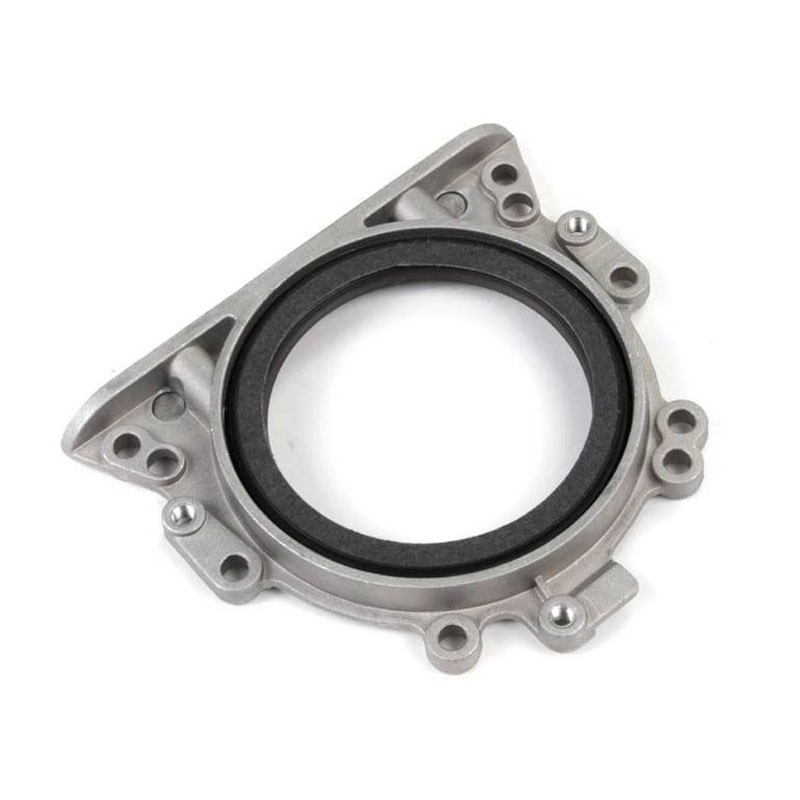727 transmission dipstick tube seal
Understanding the Importance of the 727 Transmission Dipstick Tube Seal
The 727 transmission, known for its durability and reliability, has been a favorite among automotive enthusiasts and mechanics alike. However, like any mechanical system, it requires proper maintenance to function optimally. One often overlooked component is the dipstick tube seal. This small yet vital part plays a critical role in the transmission's overall health, lubricity, and performance.
What is the Dipstick Tube Seal?
The dipstick tube seal is a rubber or polymer seal that fits around the dipstick tube of the 727 transmission. Its primary function is to prevent transmission fluid from leaking out of the dipstick tube. This is crucial because the transmission fluid not only lubricates the moving parts of the transmission but also provides the necessary hydraulic pressure needed for its function.
When the dipstick tube seal is intact, it creates a secure barrier that keeps the fluid contained, ensuring the transmission operates under optimal conditions. However, over time, heat, exposure to harsh chemicals, and normal wear and tear can cause the seal to fail.
Why is the Dipstick Tube Seal Important?
1. Fluid Integrity A failing dipstick tube seal can lead to fluid leaks, diminishing the fluid levels in the transmission. Low fluid levels can result in increased friction, overheating, and ultimately, catastrophic transmission failure.
2. Maintaining Pressure The transmission relies on a specific hydraulic pressure maintained by sufficient fluid levels. A compromised seal can affect this pressure, leading to erratic shifting and performance issues.
3. Preventing Contamination A good seal prevents dirt and debris from entering the transmission fluid. Contaminants can cause abrasion and wear on the internal components, leading to costly repairs.
Signs of a Failing Dipstick Tube Seal
Detecting a failing dipstick tube seal early can save significant time and money. Here are some signs that may indicate it's time for a replacement
727 transmission dipstick tube seal

- Fluid Puddles Noticeable fluid puddles under the vehicle when parked could signal a leak from the dipstick tube seal
.- Transmission Fluid Smell If you smell burnt transmission fluid, it could indicate overheating due to low fluid levels, possibly caused by a seal failure.
- Erratic Shifting If your transmission shifts roughly or unpredictably, it may be suffering from pressure fluctuations due to fluid loss.
Replacing the Dipstick Tube Seal
Replacing the dipstick tube seal is a relatively straightforward process, yet it plays a significant role in maintaining the health of your 727 transmission. It typically involves
1. Removing the Dipstick Tube This may require unbolting or unscrewing it from the transmission.
2. Replacing the Seal Once the tube is removed, the old seal can be pulled off, and a new seal can be pressed into place.
3. Reinstalling the Dipstick Tube After the new seal is in place, the dipstick tube should be reinstalled and secured.
Conclusion
The 727 transmission dipstick tube seal may seem small, but its importance cannot be understated. Keeping it in good condition ensures the longevity and performance of your transmission. Regular inspections and timely replacements of this seal can lead to a more reliable vehicle and a smoother driving experience. As with all components of a vehicle, proactive maintenance can save costly repairs down the road.
-
Understanding the Front Main Engine Seal: Purpose, Maintenance, and Installation
News Jul.29,2025
-
Understanding O-Rings and Seal Rings: Types, Applications, and Custom Solutions
News Jul.29,2025
-
Understanding Crankshaft Oil Seals: Rear Seals, Pulley Seals, and Their Role in Engine Integrity
News Jul.29,2025
-
The Importance of Front and Rear Crankshaft Seals in Engine Performance and Oil Management
News Jul.29,2025
-
Crank Oil Seals: Functions, Types, and Cost Considerations in Engine Maintenance
News Jul.29,2025
-
A Comprehensive Guide to O-Rings and Seals: Types, Materials, and Global Applications
News Jul.29,2025
-
Mastering Diesel and Performance Engine Maintenance: A Guide to Critical Oil Gaskets
News Jul.28,2025
Products categories















